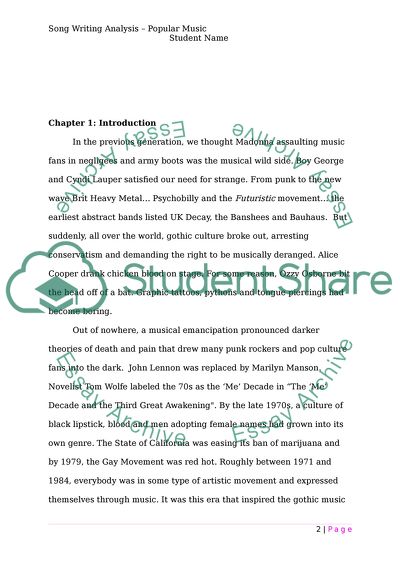Cite this document
(“Radiohead - No Surprises Essay Example | Topics and Well Written Essays - 4500 words”, n.d.)
Radiohead - No Surprises Essay Example | Topics and Well Written Essays - 4500 words. Retrieved from https://studentshare.org/music/1476940-radiohead-no-surprises
Radiohead - No Surprises Essay Example | Topics and Well Written Essays - 4500 words. Retrieved from https://studentshare.org/music/1476940-radiohead-no-surprises
(Radiohead - No Surprises Essay Example | Topics and Well Written Essays - 4500 Words)
Radiohead - No Surprises Essay Example | Topics and Well Written Essays - 4500 Words. https://studentshare.org/music/1476940-radiohead-no-surprises.
Radiohead - No Surprises Essay Example | Topics and Well Written Essays - 4500 Words. https://studentshare.org/music/1476940-radiohead-no-surprises.
“Radiohead - No Surprises Essay Example | Topics and Well Written Essays - 4500 Words”, n.d. https://studentshare.org/music/1476940-radiohead-no-surprises.


